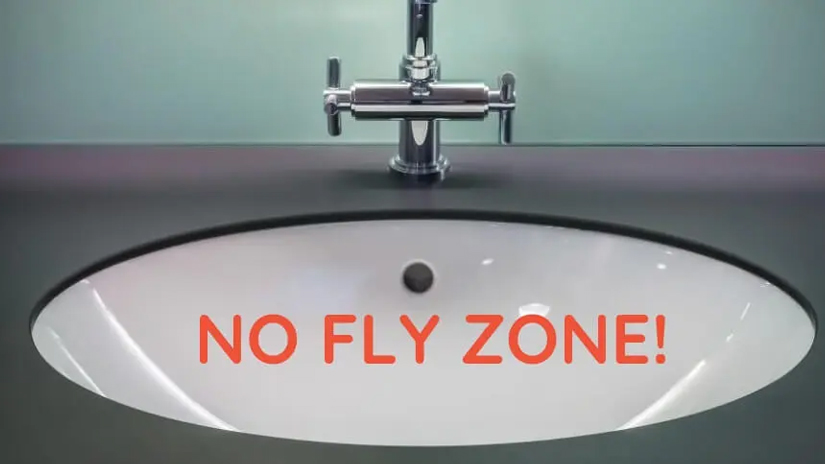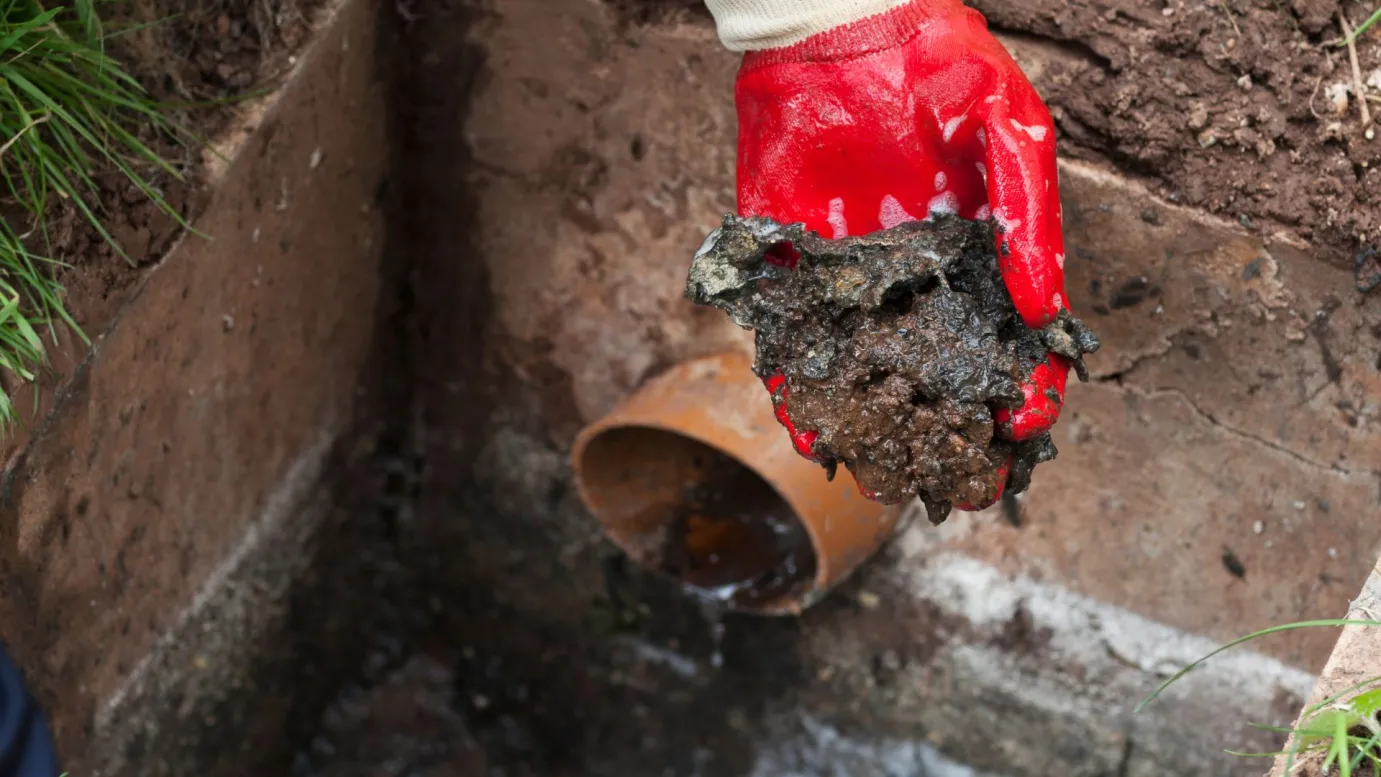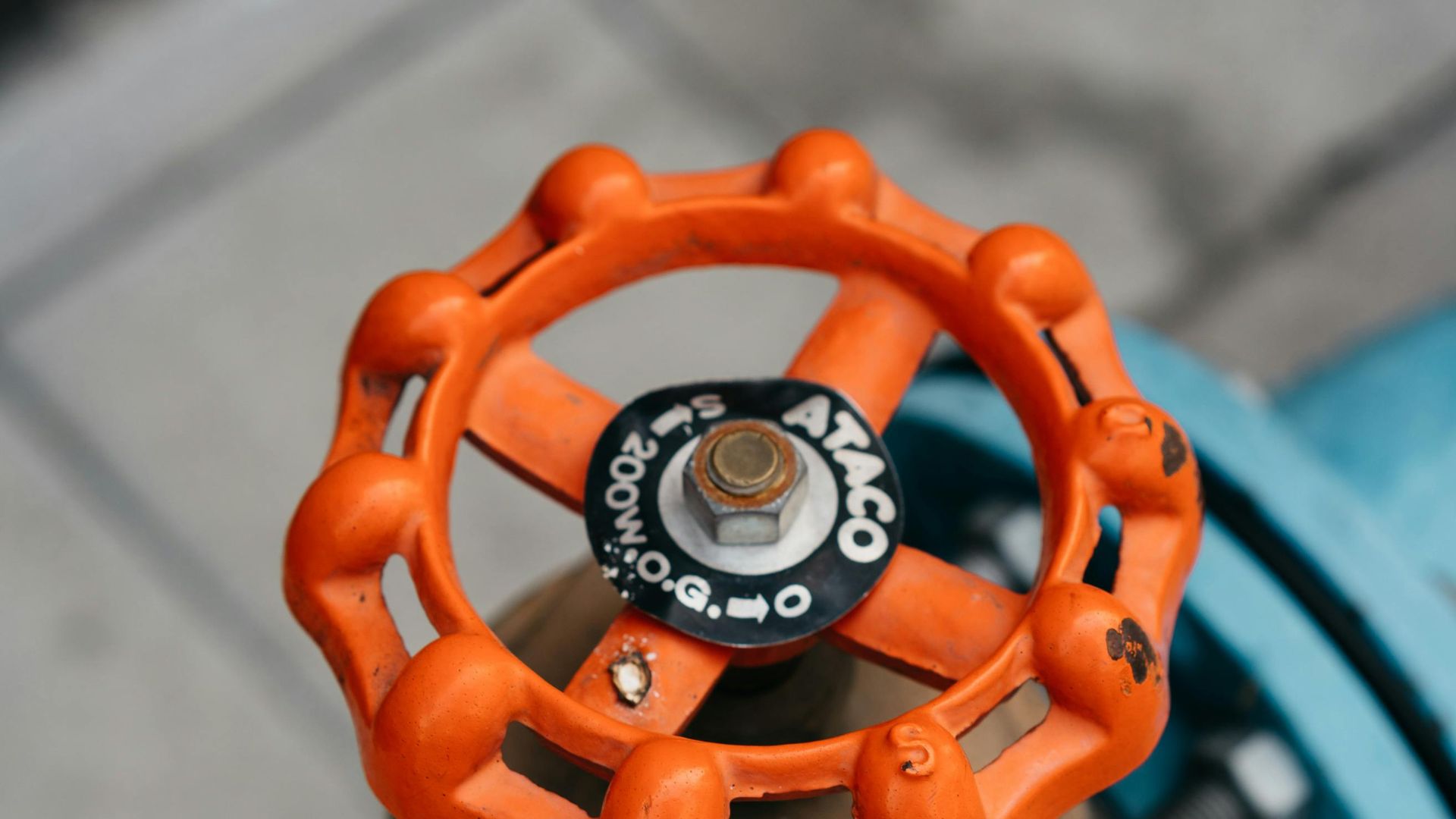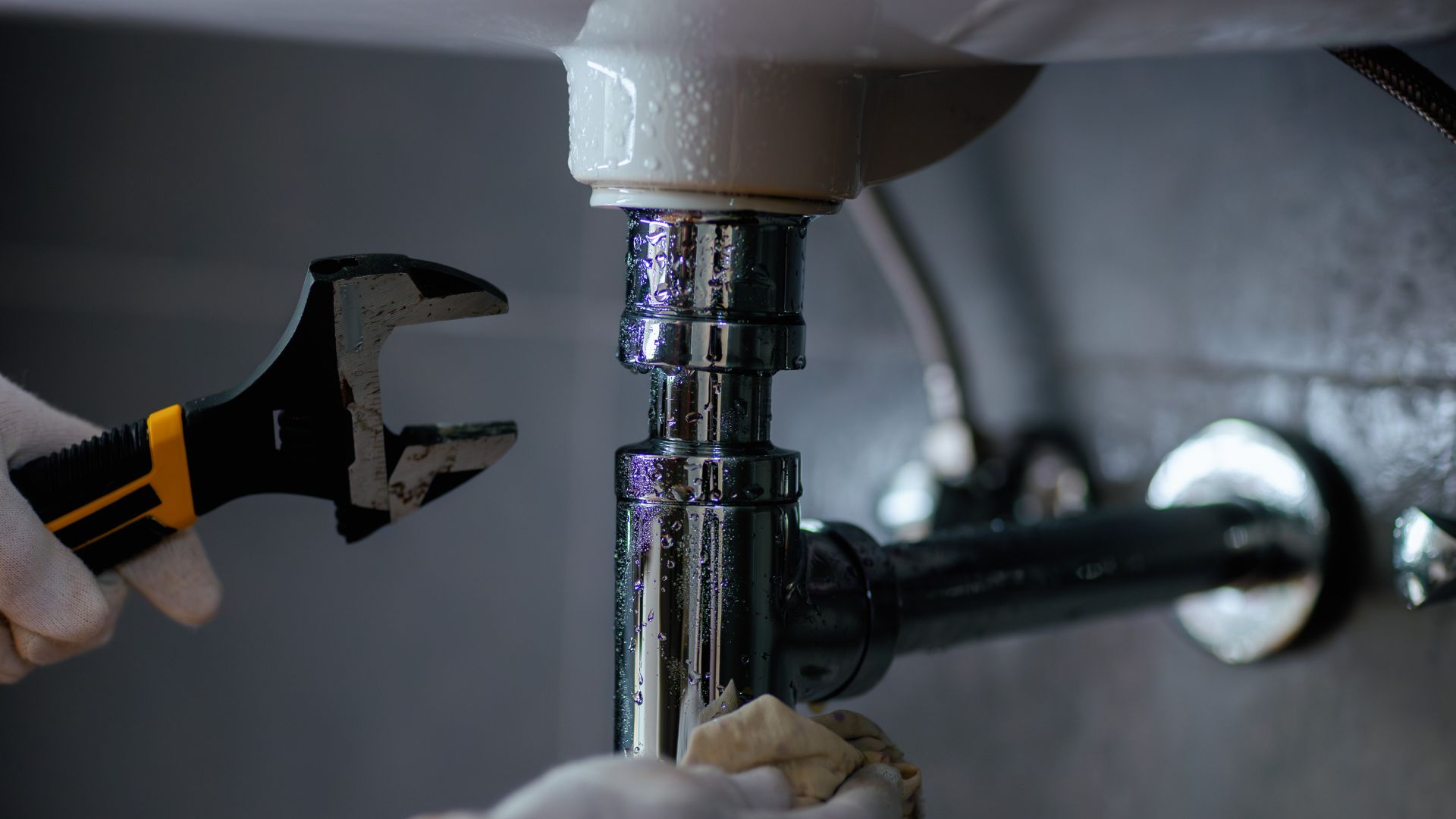Are drain flies harmful? Have you noticed small flies around your kitchen or bathroom? In most cases, they are drain flies, moth flies, filter flies, sink flies, sewer flies or sewer gnats (which belong to the family Psychodidae), often mistaken for fruit flies and look like miniature moths. And they typically set up shop in your bathroom and kitchen sink drains. They usually enter the home through tiny holes and can lay eggs (eggs that hatch every 32-48 hours), hatch, and repeat the life cycle.
You’re here because you want to get rid of drain flies, but first, let’s learn a little more about your problem.

Drain flies usually lay between 10 and 200 eggs inside organic matter such as grease, oil and fats, sludge, food sources, or hair within the house. This organic material usually builds up within the drainpipes; hence, the name drain flies. After two days or less, the egg will hatch to release drain fly larvae, which depend on the organic matter for food, between 9 to 15 days before developing into an adult. Adult flies usually live for about 14 days; squishing them doesn’t necessarily mean successful elimination. Without specific measures, getting rid of drain fly larvae and their breeding site will never be fruitful.
So, how do you kill drain flies or get rid of a drain fly infestation for good? Read to the end to find out!
1. Find the location of the drain flies
Drain flies tend to hover around standing water, often emerging from the nearest drains. So, if you spot one around the kitchen sink, it’s likely their origin. To confirm, take a piece of tape, sticky side down, covering over half of the drain. Monitor it for a couple of days; if they’re around, flies will stick to the tape.
2. Get rid of drain flies breeding site
Now that you’ve pinpointed the breeding ground, it’s time to tackle your drain fly problem. Grab a pipe brush and a plumbing snake. No plumbing snake? A trip to the hardware store should fix that! The aim is to clear all the muck blocking your pipes, as it can attract and nurture drain flies. Use the pipe brush to scrub the pipes’ sides, then employ the plumbing snake to remove hair clumps, and other debris. Take your time, do it thoroughly, and remember, you’re likely to get messy, so dress accordingly!
3. Flush the Drain with some Drain Cleaner
While a plumbing snake does most of the work, it might not clear every bit of organic material from your pipes. Go the extra step with a drain cleaner to flush out remaining gunk. Follow the packaging instructions and repeat as needed. It’s also an excellent method for tackling smelly drains. Consider natural options like half a cup of apple cider or white vinegar, some dish soap, and baking soda. Even boiling water can help, but remember, boiling water might not be suitable for PVC pipes.
4. Get the Drain Plunged
It’s crucial to clear all organic matter from the drain. Before you start plunging, run lots of water to rinse away any remaining drain cleaner, avoiding splashes of harsh chemicals. Take a few minutes to plunge, then follow up by pouring plenty of hot water down the drain.
Basic Drain Maintenance Tips
There are valuable ways to get rid of drain flies Australia-wide, keep them out, and avoid blocked drain issues. For pest control and to prevent drain flies:
- Clean the drains at least once in thirty days.
- Get rid of rotting fruit.
- Run your garbage disposals daily (if you have one) and keep the can clean.
- Always wash your dishes.
- Close any holes in window screens and always close the doors.
- Always clean with drain cleaners like dish soap and caulking around the drains because drain flies love to lay eggs there.
- Prevent any lint under the washer from getting wet.
- Avoid stagnant water for drain flies. Find them better than active ones.
Keeping your drains in top condition is key to a smoothly running home. Poor disposal habits or accidental drops can clog them and invite drain fly troubles. By tweaking a few daily habits, getting hands-on, and focusing more on your drains, you could save yourself quite a bit of cash.
But even if you’re careful enough to dispose of the leftover food in a garbage bag, it’s impossible to avoid grease buildups in the kitchen pipe. Even when you are a very cautious person, you may not notice the existence of grease in the drainpipe until overflowing happens.
Grease isn’t the problem. It builds up over a prolonged period until it overwhelms your drainage, and grease and fat blockages become challenging. Grease starts to solidify and stick to the sides of the pipe until it forms large clumps, which obstruct the water from flowing.
When it comes to fixing blocked drains in Sydney, Fixed Today is your go-to for emergency plumbing help. Besides drain flies, there could be hidden leaks or issues you might not spot right away. So, if you’d prefer to let the experts handle it, get in touch and discover the best plumbing solutions for your needs!














